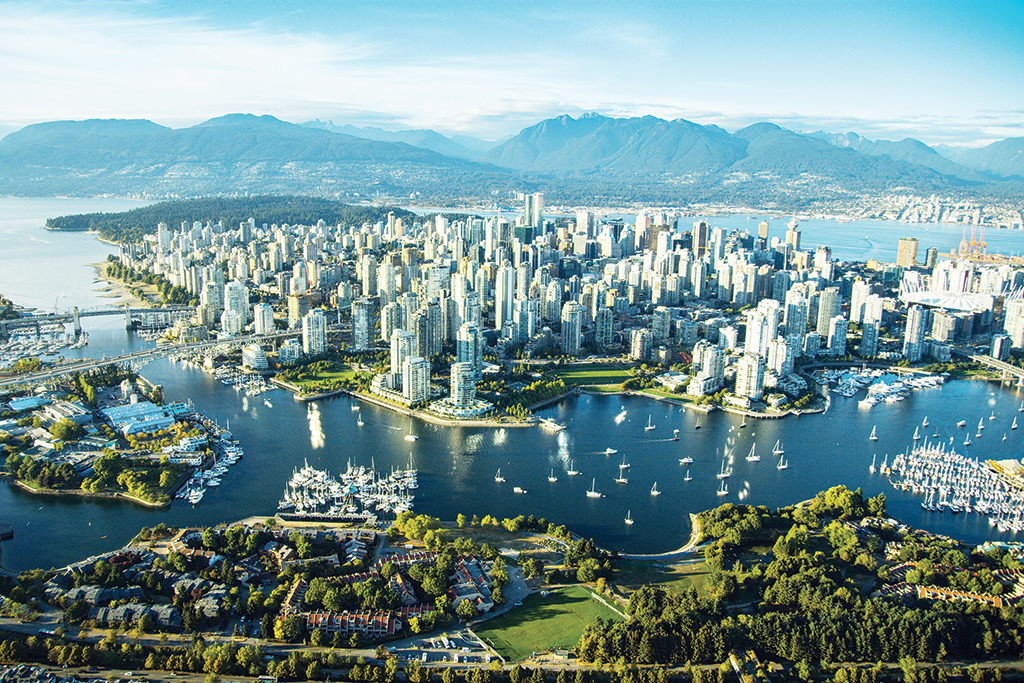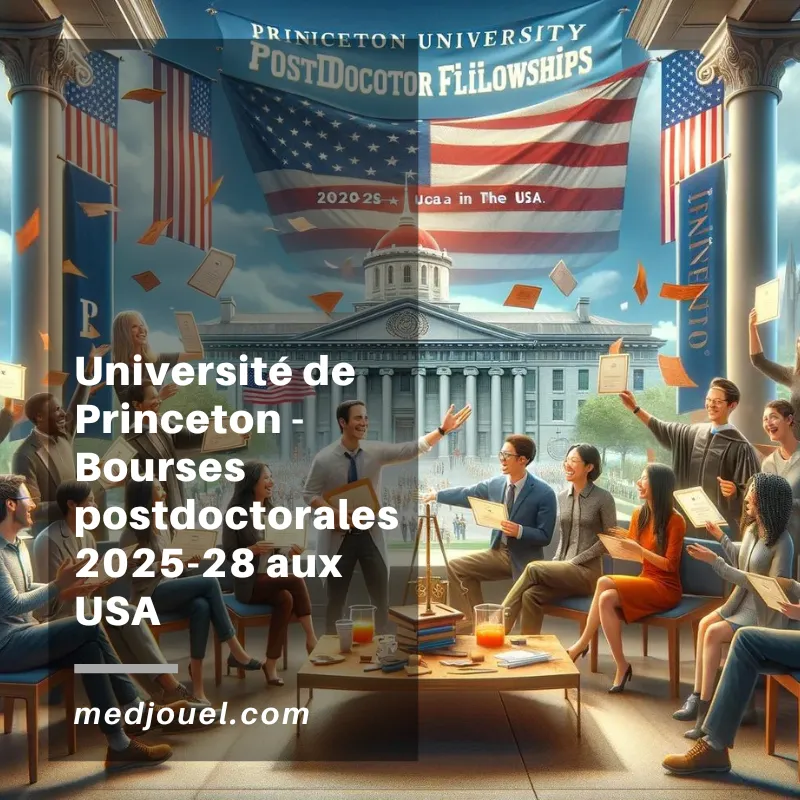Contact:
Nina Miolane, UCSB (ninamiolane@ucsb.edu).
Cornelius Gati, USC (gati@usc.edu).
Applications will be accepted until the position is filled. However, we recommend applying before October 1st, 2021 in order to be given full consideration. Start date is flexible, from November 1st, 2021, for a duration of 3 years. Primary location is UC Santa Barbara, California, USA.
Scope:
While the development of cryo-electron microscopy (cryo-EM) has already proven to revolutionize the field of structural biology by imaging biomolecules in solution, the vast majority of proteins cannot be reconstructed at a satisfying resolution. Among them, membrane proteins still remain an immense imaging challenge for biologists — see simulated model in Figure 1 (A). Their inherent flexibility, as well as limited contrast arising from the micelle surrounding the hydrophobic transmembrane domains, make them a difficult object to image. Meanwhile, membrane proteins are prominent targets for over 50% of prescription drugs on the pharmaceutical market, including drugs targeting the treatment of neurological disorders and cancers1. In this context, the technological limitations of cryo-EM imaging restricts our understanding of the proteins’ 3D conformations, and consequently, our knowledge of the associated therapeutic mechanisms – see reconstruction in Figure 1 (B). Improving membrane proteins’ 3D shapes resolution is crucial for medical and pharmacological applications, and timely given the accelerated constructions of cryo-EM facilities around the world and the associated explosion in cryo-EM data
The focus of this project is to develop a novel mathematical and statistical method that enhances the resolution of cryo-EM reconstructions, particularly targeting membrane proteins. The successful candidate will revisit the paradigm of 3D biomolecular shape reconstruction from raw 2D cryo-EM — see Figure 1 (D). To achieve this goal, the successful candidate will use tools for unsupervised deep learning, such as (variational) autoencoders and/or generative adversarial networks —
These tools will be combined with an implementation of the geometry of shape spaces. Such an approach will allow accurate and robust disentanglement of shape, motion and imaging parameters, a challenging requirement for accessing untapped territories of membrane protein imaging.
Team
The successful candidate will be primarily located in Santa Barbara, California, USA. The successful candidate will be part of an international team of collaborators, working with Nina Miolane (Electrical and Computer Engineering, UCSB, Santa Barbara), Cornelius Gati (Structural Biology, USC, Los Angeles), Khanh Dao Duc (Mathematics, University of British Columbia, Vancouver, Canada), Frédéric Poitevin (Biological Imaging, Stanford SLAC, Palo Alto) and Claire Donnat (Statistics, University of Chicago, Chicago). Related travel expenses will be provided and the candidate will have the opportunity to work with Masters and PhD students of the respective teams.
Qualifications
We seek candidates whose research interests are related to deep learning, geometry, and 3D shape analysis and with the following qualifications:
- Ph.D. in fields related to applied mathematics, differential geometry, computer science, machine learning, etc.
- Software experience in Python, machine learning, deep learning and image processing,
- Demonstrated ability to lead independent engineering and research.
Former experience and contributions within the fields of unsupervised deep learning for cryo-EM image analysis will be a plus.
Application Process
Interested applicants are invited to send a detailed CV, 2 reference contacts, links to their 5 most significant contributions and to answer a few questions, by filling the form at this link:
https://forms.gle/xg27Ly87wvUVrqye6.
We are committed to equity, diversity, and inclusion. All qualified applicants will receive consideration for employment without regard to age, race, color, religion, sex, sexual orientation, gender identity, or national origin, disability status, protected veteran status, or any other characteristic protected by law.
Representative Publications of Related Research
- Taco S. Cohen, Max Welling, Transformation Properties of Learned Visual Representations, 2015.
- Luca Falorsi, Pim de Haan, Tim R. Davidson, Nicola De Cao, Maurice Weiler, Patrick Forré, and Taco S. Cohen. Explorations in homeomorphic variational auto-encoding, 2018.
- Jasenko Zivanov, Takanori Nakane, Bjorn Forsberg, Dari Kimanius, Wim J.H. Hagen, Erik Lindahl, and Sjors H.W. Scheres. Relion-3: new tools for automated high-resolution cryo-em structure determination. bioRxiv, 2018.
- Nina Miolane, Frédéric Poitevin, Yee-Ting Li, and Susan Holmes. Estimation of orientation and camera parameters from cryo-electron microscopy images with variational autoencoders and generative adversarial networks, 2019.
- Harshit Gupta, Michael T. McCann, Laurene Donati, and Michael Unser. Cryogan: A new reconstruction paradigm for single-particle cryo-em via deep adversarial learning. bioRxiv, 2020.
- Ellen D. Zhong, Tristan Bepler, Joseph H. Davis, and Bonnie Berger. Reconstructing continuous distributions of 3d protein structure from cryo-em images, 2020.
- Youssef S. G. Nashed, Frédéric Poitevin, Harshit Gupta, Geoffrey Woollard, Michael Kagan, Chuck Yoon and Daniel Ratner. End-to-End Simultaneous Learning of Single-particle Orientation and 3D Map Reconstruction from Cryo-electron Microscopy Data, 2021.



Comments are closed.